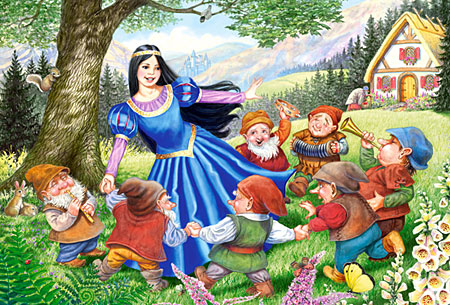Snow White and the seventeen dwarves: A fairy tale lesson in resilience
Snow White woke tired as usual, dreading the day ahead. She thought, “if only evil queens just brought poisoned apples!” The modern Evil Queen had used the legalities of the German health care system. She realised that all seven dwarves had Special Needs of some kind (Grumpy, Sneezy, Dozy etc.), and promptly had Snow White … Read more


